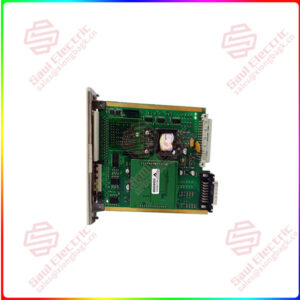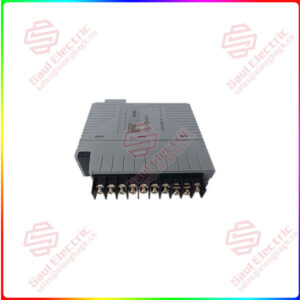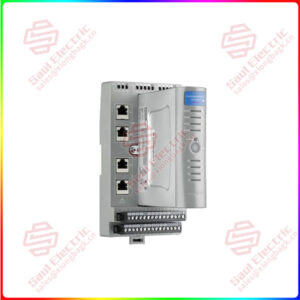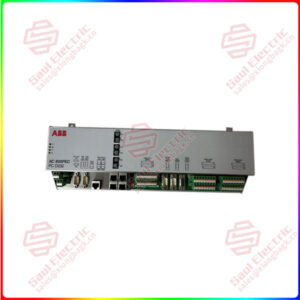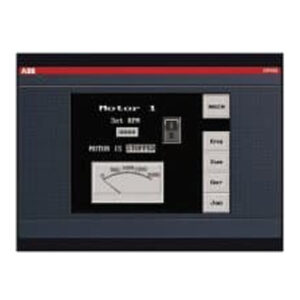Description
Overview
Essential details:45UV5-1101 Fireye Type 45UV5 scanners
lf you need to inquire or purchase ,please send the product models to my email or call medirectly .
sunny He
[Email] sales@xiongbagk.cn
[Mobile] 86-18059884797
[WhatsApp] 86-18059884797
[Skype] sales@saulcontrol.com
AIP830 Operation Keyboard for Singleloop Operation
The UV tube, quartz lens, power transformer and related electronic components are contained in an aluminum enclosure which is sealed with high temperature oil-resistant gaskets. The quartz lens is a planoconvex type which increases the scanner’s sensitivity up to 400 percent. A hinged mount is provided to permit easy access for cleaning the lens. A double screw-and-keyhole slot arrangement permits quick removal of the housing from its mount. The scanner has a 1″ fitting for mounting to a threaded sight pipe and a 3/8″ threaded connection for purge air.
Also included in the Type 45UV5 scanner is an electromagnetic shutter that permits a self-checking circuit within an associated Fireye control to verify that the scanner and signal circuits are producing valid flame presence or absence information. During the shutter closed period the detector’s optical path is blocked from flame radiation. While the shutter is open, flame presence or absence is
detected. The resultant scanner output, while flame is detected, is a continuous, periodically interrupted pulsed flame signal. This is a prerequisite for energizing the associated Fireye control’s flame relay


 1 Year Warranty
1 Year Warranty

